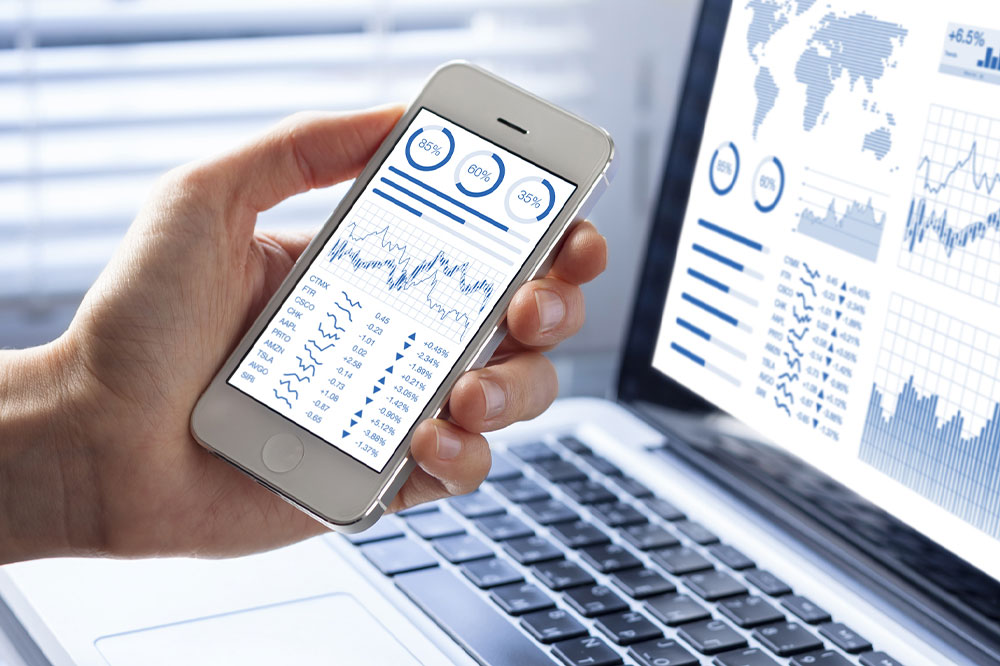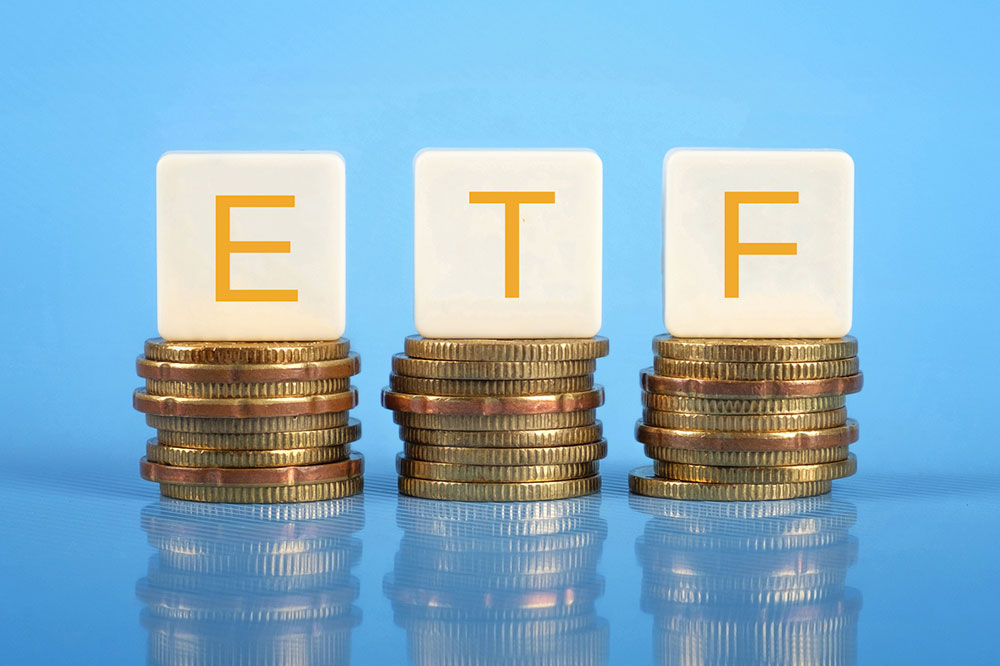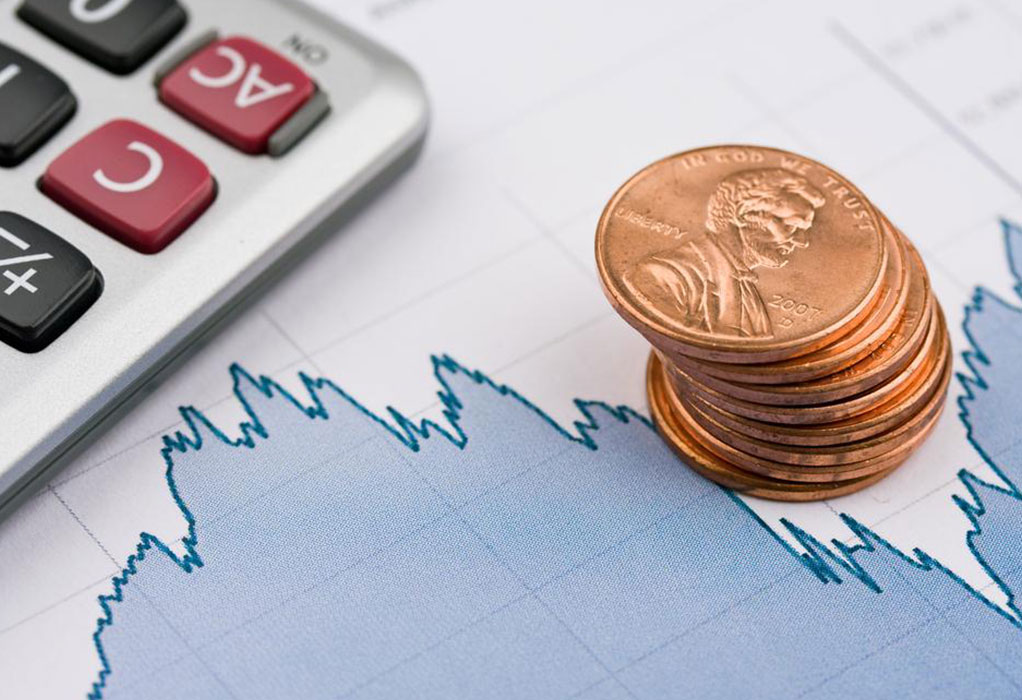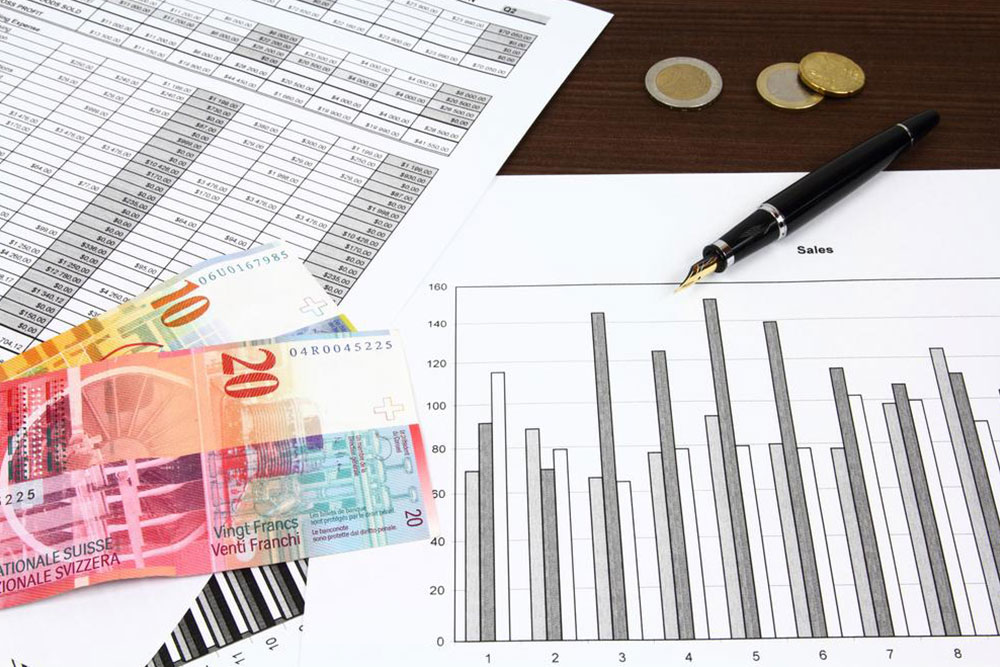Comprehensive Guide to Commodity and Futures Markets for Investors
This comprehensive guide explores the essential aspects of commodity and futures trading. It covers categories of commodities, market volatility, major trading platforms, influence of the U.S. dollar, trading strategies, and tips for investors. Perfect for traders seeking to diversify portfolios and understand the dynamics of global raw material markets, this article emphasizes risk management, trading hours, and the importance of expert advice. Whether you're a beginner or experienced investor, understanding these elements is crucial for navigating the highly volatile commodity markets successfully.
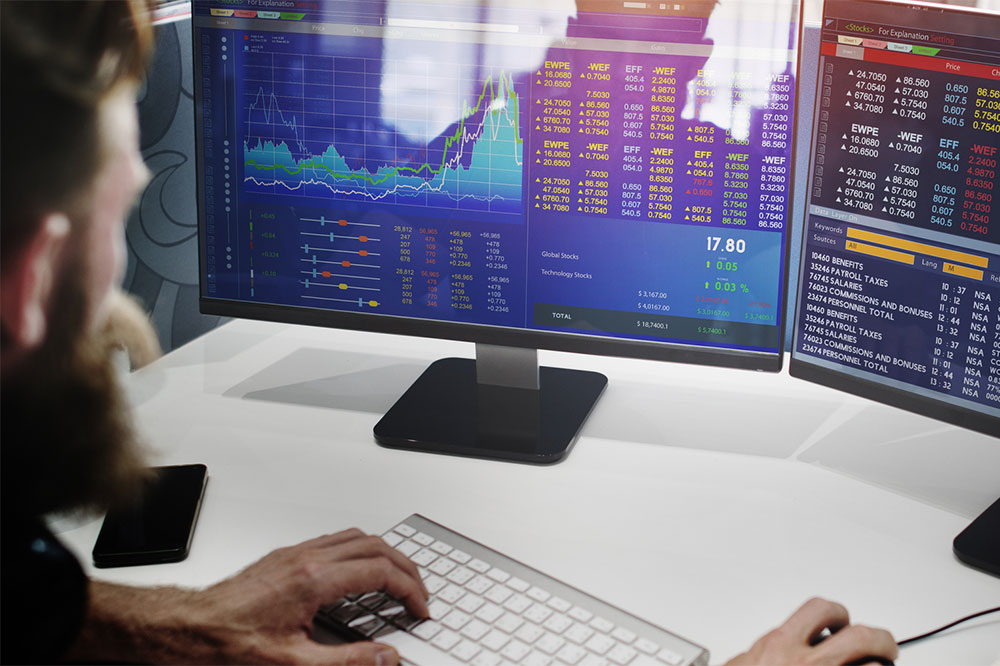
Comprehensive Guide to Commodity and Futures Markets for Investors
Commodities are foundational elements of global trade and economy, encompassing a wide range of essential raw materials such as precious metals, energy resources, agricultural products, and livestock. These commodities are integral to daily life, powering industries, supporting agriculture, and contributing to energy needs. For traders and investors, understanding the intricate workings of commodity and futures markets opens doors to diversification, risk management, and profit opportunities. This comprehensive guide explores the key aspects of these markets, methods of trading, and strategies to navigate their inherent volatility.
Categories of commodities and their significance
Commodities are primarily categorized into four main groups, each serving different sectors of the economy and offering unique trading opportunities:
Metals
Includes both precious metals such as gold, silver, platinum, and palladium, and industrial metals like copper, zinc, aluminum, and iron ore. Precious metals are often considered safe-haven assets during economic uncertainty, while industrial metals are vital for manufacturing and infrastructure development.
Energy
Encompasses natural resources such as coal, crude oil, natural gas, uranium, and renewable energy sources like solar, wind, and hydroelectric power. Energy commodities are critical to global logistics, manufacturing, and power generation.
Livestock
Includes live animals such as cattle, hogs, and other livestock products like meat, leather, and wool. These commodities are primarily traded via futures contracts to hedge against market fluctuations.
Agricultural Products
Consists of edible goods such as wheat, corn, soybeans, sugar, cocoa, and non-edible items like cotton, rubber, and palm oil. These commodities are staples in global food supply and manufacturing industries.
Market volatility and factors influencing prices
Unlike traditional stock markets, commodity markets are highly sensitive to geopolitical tensions, weather conditions, macroeconomic trends, and global supply and demand dynamics. This volatility offers lucrative opportunities but also entails significant risks, necessitating diligent research and market understanding for successful trading.
Leading trading platforms and infrastructure
The Chicago Mercantile Exchange (CME) remains a dominant platform in the commodities and futures trading space, facilitating around 80% of transactions online. The remaining 20% occur through open outcry methods, where traders shout bids and offers, providing liquidity and price discovery in physical trading pits.
The influence of the U.S. dollar
Since a vast majority of commodity transactions are denominated in U.S. dollars, fluctuations in the dollar's value directly impact commodity prices. A weaker dollar generally raises commodity prices, while a stronger dollar tends to suppress them. Awareness of currency movements is thus essential for traders aiming to capitalize on global price shifts.
Liquidity considerations and trading volume
Major commodities like gold, silver, and copper typically boast high liquidity, ensuring ease of entry and exit for traders. Agricultural commodities such as soybeans and wheat also enjoy active markets, although liquidity can vary depending on seasonal trends and regional factors.
Margin requirements and leveraged trading
Margin requirements for commodity trading often range from 5% to 10%, allowing traders to control large positions with relatively small capital. However, during periods of heightened market volatility, margin requirements can increase to safeguard against excessive risk, especially in non-agricultural futures.
Futures contracts explained
Futures trading involves agreements to buy or sell a specified quantity of a commodity at a predetermined price on a future date. This allows traders to hedge against price fluctuations or speculate on market directions. Specialized brokerage accounts are typically required for futures trading, underscoring its complexity and risk.
Benefits of portfolio diversification
Incorporating commodities into an investment portfolio can offer a hedge against stock market downturns, inflation, and currency devaluations. Popular methods include investing in commodities Exchange-Traded Funds (ETFs), digital gold, or physical assets like bullion.
Trading hours and flexibility
Extended trading hours provide traders the flexibility to respond to global news and events before or after standard market hours. While this enhances responsiveness, it can sometimes result in less favorable prices due to lower liquidity outside regular trading sessions.
Is commodity investing suitable for you?
Before investing, it is crucial to analyze price charts, understand market fundamentals, and evaluate your risk appetite. Due to their inherent volatility, commodities should constitute a small, well-managed portion of your overall investment strategy. Expertise, research, and patience are key for successful trading in these markets.
Consulting a financial advisor with experience in commodities can help tailor strategies, ensure diversification, and maximize profit potential while managing risks effectively. Leveraging expert insights and comprehensive knowledge will optimize your trading success in complex commodity markets.

